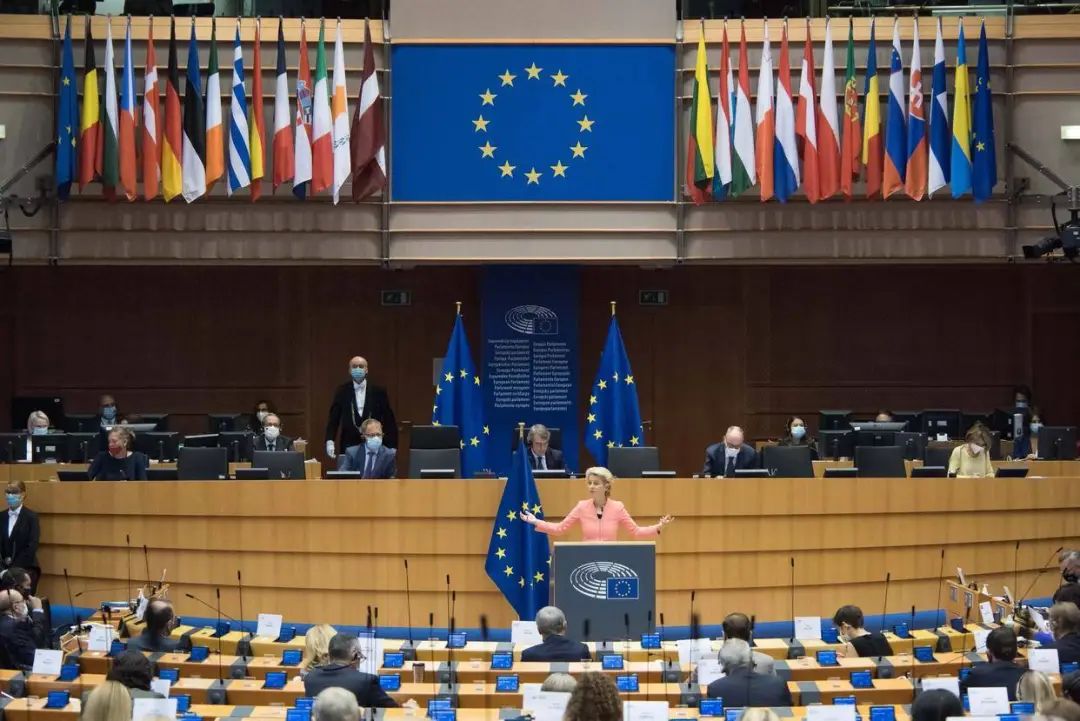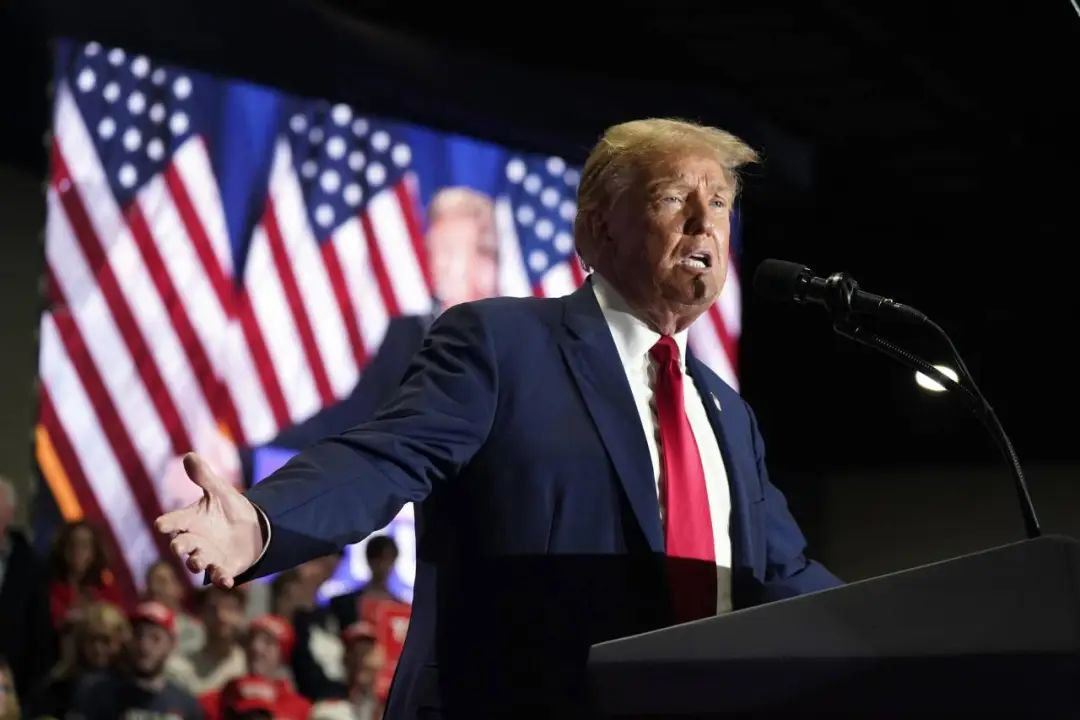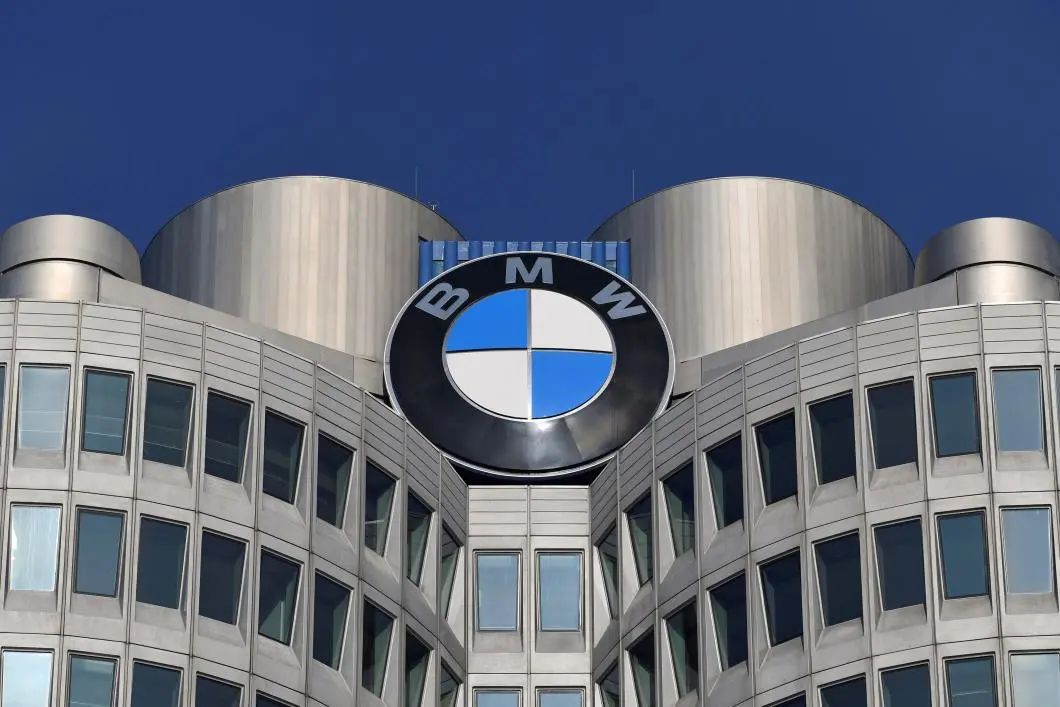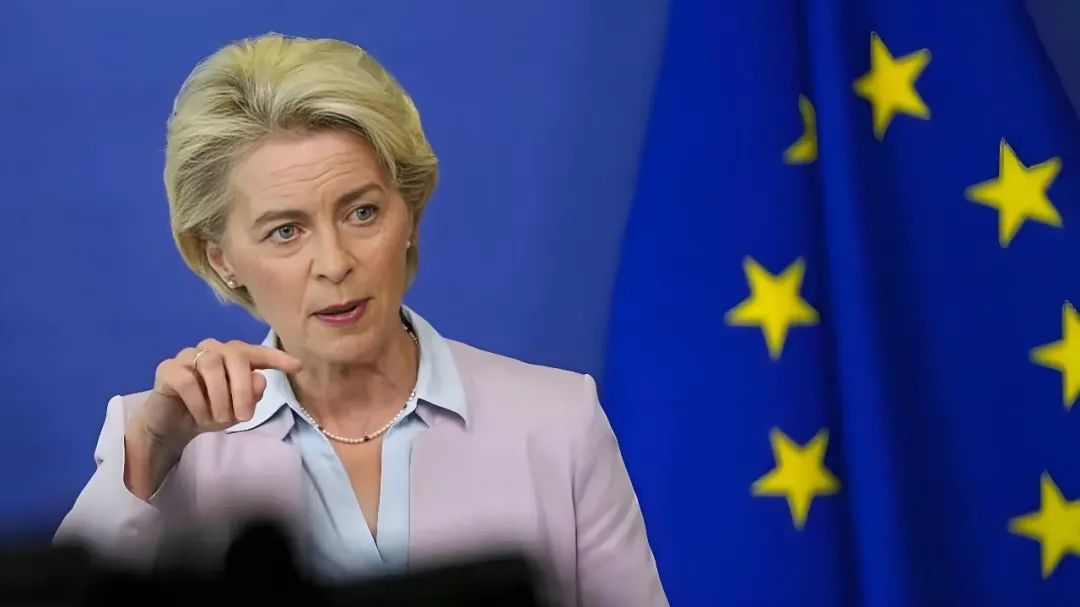Central and Eastern European Electric Vehicle Tariffs Thaw, Dealing Trump a Surprise Counterattack
![]() 04/16 2025
04/16 2025
![]() 453
453
There are no permanent friends or enemies in international politics.
On April 10, the European Commission announced a significant consensus with China, initiating negotiations to replace current electric vehicle tariffs with a "minimum import price" mechanism.
This breakthrough marks a substantial easing of the trade dispute that has lingered for less than half a year, officially thawing the China-EU electric vehicle trade.
In August 2024, facing the surge of Chinese electric vehicles, the EU initiated an anti-subsidy investigation and proposed tariff imposition.

Last October, the EU escalated tensions by imposing additional anti-subsidy taxes on Chinese electric vehicles exported to the EU, on top of the existing 10% tariffs. Tesla faced a lower 7.8% tariff, while BYD was hit with 17%, Geely with 18.8%, and SAIC with 35.3%. Other brands not individually sampled faced a 20.7% tariff.
The majority of Chinese electric vehicles entering the EU market were subject to high tariffs ranging from 27% to 45.3%.
From a strategic perspective, the EU's tariffs on China were more of a political gesture to align with the Democratic Party in the US. It was a move aimed at bolstering Biden's influence as his administration neared its end.

If the Democratic Party succeeded, it would follow Washington's lead. If Trump won, it would be time for adjustment. However, as events unfolded, the unlikely scenario became reality.
Upon Trump's victory, the EU swiftly realigned its stance. Previous close ties and pledges with the Democratic Party vanished.
Although Trump's global tariff measures primarily targeted China, the EU bore the brunt initially.

The automobile industry is a cornerstone of the EU economy, particularly for Germany and France. It generates significant tax revenue and employment annually.
Affected by Trump's tariff hike, Audi suspended deliveries to US dealers from April 2nd. Similarly, Stellantis, the world's fourth-largest automaker, announced layoffs and factory closures in Canada and Mexico, disrupting its North American production lines.
Jaguar Land Rover also took emergency measures, suspending exports to the US, its largest single market globally.

The German trio of Volkswagen, Mercedes-Benz, and BMW alone account for 73% of EU auto exports to the US.
BMW Chairman Oliver Zipse warned, "Excessive tariffs will create a negative spiral for all. There are no winners." The trade conflict was estimated to cost BMW $1 billion this year.
Recognizing the shifting tides, the EU began to backtrack, even from its previous alignment with the US. The six-month tariff dispute abruptly ended, paving the way for cooperation.
On April 8, shortly after Trump imposed additional tariffs on China, European Commission President Ursula von der Leyen spoke with Chinese officials. On the 11th, a European Council spokesperson confirmed the coordination of the next China-EU summit, expected in July.

Notably, the joint visit by President von der Leyen and European Council President Charles Michel to China was the first high-level meeting since trade friction hit a low point in 2023.
Moreover, hosting the summit in China, rather than the traditional rotating country, broke convention and underscored the EU's urgent need to reshape relations with China amidst crises.
Distance is no barrier when needs are pressing.
This "thawing trip" is not only crucial for Europe's strategic autonomy in the Sino-US rivalry but also a significant milestone in global order reconstruction.
Halting electric vehicle tariffs is a major friendly gesture from the EU.
While the EU is not yet ready to fully welcome Chinese electric vehicles, the shift to a "minimum import price" mechanism softens restrictions and serves as a bargaining chip for future cooperation.
As long as the EU has sufficient interests in other areas, this minimum import price can be negligible. Currently, it fluctuates between €35,000 and €40,000, with potential for further reduction.
It's worth noting that a Volkswagen ID.3 costs €23,000 in Europe, equivalent to nearly RMB 200,000. Without restrictions, BYD's Qin L EV, priced at RMB 119,800, could dominate the market, disrupting both the electric and traditional fuel vehicle industries.
In December 2023, BYD announced a new energy passenger vehicle production base in Szeged, Hungary, expected to commence production by year-end. Last September, BYD announced a 150,000-vehicle-per-year production facility in Turkey and a research and development center.
Earlier this March, BYD Executive Vice President Li Ke stated plans to establish a third factory outside Hungary and Turkey within two years to serve the European market.
Chery Automobile also announced a joint venture with Spanish automaker Ebro-EV Motors in April 2024 to produce Chery Omoda 5 electric and fuel vehicles at the former Nissan factory in Barcelona, with capacity expected to reach 50,000 units by 2027.
Stellantis Group-backed Zero Run Auto is actively entering the European market. Currently, Stellantis is considering producing 150,000 electric vehicles annually for Zero Run Auto at the Mirafiori plant in Italy, possibly as early as 2026 or 2027.
Neither tariffs nor price caps can stop Chinese automakers from entering the European market. In fact, they are increasingly becoming catalysts for growth.
Matthias Wissmann, President of the German Association of the Automotive Industry, welcomed the renewed negotiations: "The EU's tariffs on Chinese electric vehicles were wrong. Restarting negotiations is a positive sign. We must discuss reducing barriers in international trade, not creating new ones."
This trade game is a struggle for global industry rule-setting power. Chinese automakers are transforming from "catch-up players" to "industry definers."
Note: Some images are sourced from the internet. If there is any infringement, please contact us for deletion.








